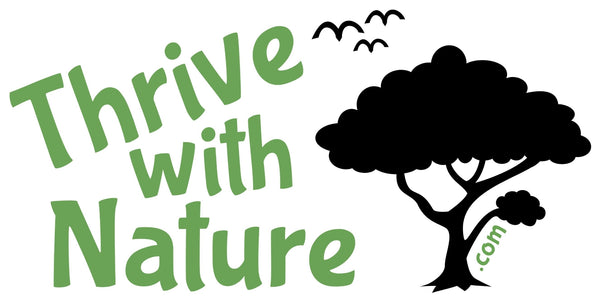It was my first time facilitating a group for these supportive housing tenants and I had no idea whether or not they were interested in birds. Turns out that once asked, they were bursting to share their bird stories with me and their fellow tenants.
Sarah* said there’s nothing like hearing songbirds in the early morning when she wakes up. Makes her “glad to be alive and get out of bed for another day.”
They shared stories of blue jays eating hazelnuts, ducklings and a baby owl that enchanted them, woodpeckers trying to make homes in strange places... stories told with energy, enthusiasm and a sense of wonder.

By far the most stories were about hummingbirds. During our initial round of sharing, six of the sixteen people in the group told stories about hummingbird sightings, with only one or two being recent sightings.
Monica* said there’s an empty hummingbird feeder on the property where no one can see it and it’s not getting filled. After discussion that revealed lack of an obvious owner but didn’t result in offers to act, I asked, “Who would like to take responsibility to clean and fill the feeder?” After a pause, Monica offered to do it the first time, and another woman offered to do it next.
There were more stories to share after the initial round, so I asked them to turn to their neighbour and share a second story. No hesitation there. The room erupted into conversation.
Then I showed them computer images of a few common local birds while playing each bird’s song(s). Chickadees, bushtits, juncos and American robins. This turned out to be a hugely popular activity.
The tenants explained that they often hear birds that they can't see for all the leaves, so they were delighted to match songs to bird pictures and find out the bird names that they didn't already know.

To encourage independent learning, I gave them each a colour pamphlet of birds specific to their location, and a handout I’d created about how to approach and start to identify birds.
It felt like a hugely successful session, with enthusiastic sharing and joyful learning. Of course, I over-prepared and we didn’t get to do half of what I’d planned. No matter. I’ve learned to go with the flow and not try to cram everything in.
I originally had plans for us to go outside as a group and listen for bird song, but we only had an hour and ran out of time to do an outdoor activity well. It can take awhile for songbirds to become acclimated to such a large group of people nearby, even if the people can be quiet and still. And I'd already roamed the grounds myself and heard few birds at that time of day. Out of concern that a few minutes of outdoor birding would be disappointing compared to our indoor sharing, I dropped it.
A couple of weeks later when I was gathering with a group in the same rec room, we were delightfully interrupted by the sight of a hummingbird sipping from the feeder, which was now hanging in a big leafy tree just outside the window.
A simple, caring act by a tenant (filling the bird feeder) created a shared moment of awe and delight for a whole group of people, with hopefully many more such moments to come. After our group discussion, a bird bath was also moved from an open area to a shrubby area where song birds have an easy escape route so they can feel safe to drink and bathe.
What results might you see by facilitating a similar therapeutic birding session with your participants?
Your purpose for an intro session might be one or more of these:
- to provide opportunities for your participants to share their bird stories,
- to show pictures and songs of a few common local birds,
- to encourage independent birding activities and conversations, and
- to figure out together first steps to improving your songbird habitat.
The session I’ve just described is but one of many therapeutic birding activities. I’ve listed 11 simple ways you can introduce birds and birding to your participants for their (and your) enjoyment and benefit.
For further info, (including lists of birding benefits) check out my Pinterest board: Therapeutic Birding.

